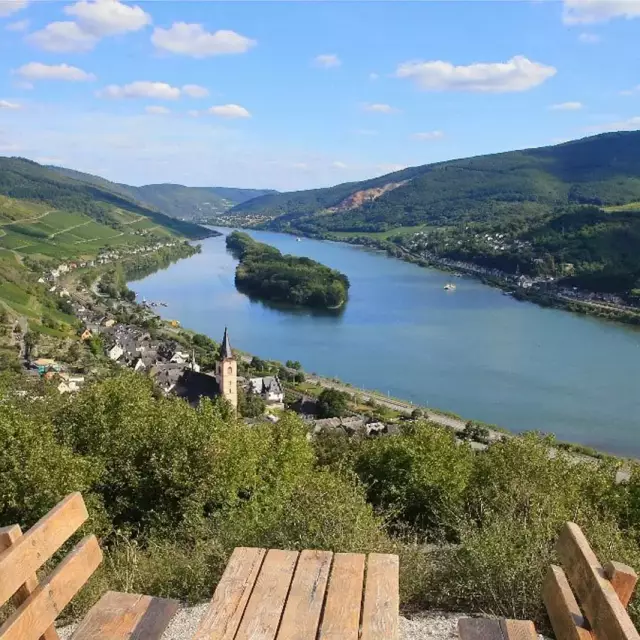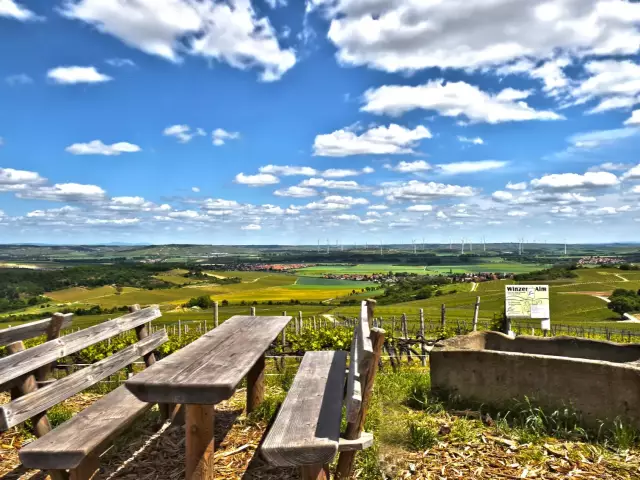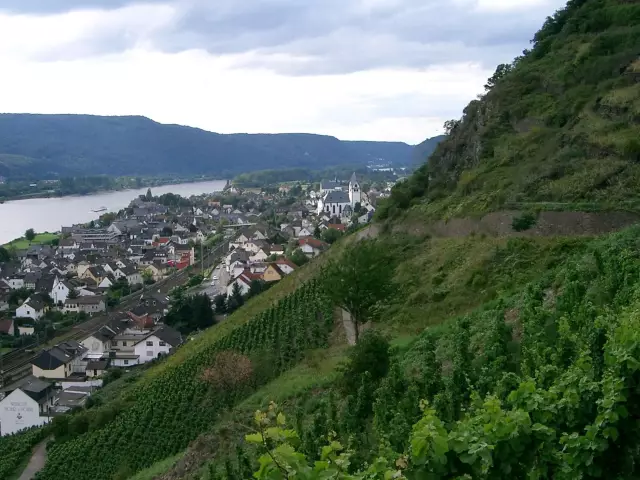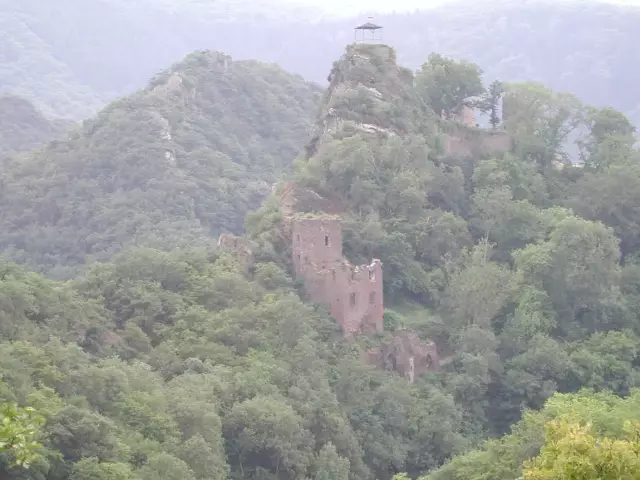Ruine Nollig

All good things must come to an end. The Rheingau, too. However, it ends much later than many think. At the end - or beginning, depending on how you look at it - Lorch awaits.
Facts
-
0,5 km
Distance
-
0,5 hour
Duration
-
advanced
Difficulty level
All good things must come to an end. The Rheingau, too. However, it ends much later than many think. At the end - or at the beginning, depending on how you look at it - Lorch awaits. The small town at the mouth of the Wisper River is located in the Upper Middle Rhine Valley World Heritage Site. From 1919 to 1923, the Free State of Bottleneck was proclaimed here. It was a lawless region that resembles the eye of a needle on the map. On the 75th anniversary of the Free State, winegrowers from Lorch and Kaub founded the initiative of the same name - since then you can buy Free State bottles again.
One of the most beautiful vantage points is the view from the small rest area below the Nollig ruins. It is one of 40 castles, palaces and ruins in the World Heritage Valley - a world record. The seat is directly on the Rheinsteig, the premium trail from Wiesbaden-Biebrich to Bonn. The river glistens silvery, in the stream cargo ships and excursion boats with their bows divide the waves. Between the riverbank and vineyards, Lorch huddles close to the flanks, which slope so steeply that you suspect when you look: the Schloßberg around the Nollig is something special. Whoever arrives here knows the answer to the question: Why is it so beautiful on the Rhine?
The viewpoint at the Nollig ruins is located directly on the Rheinsteig trail. From the Wisperbrücke bridge in Lorch, you climb up a rocky spur in just under 30 minutes. The steepest part is secured with steel ropes. If you want, you can easily bypass it on an alternative path. Once at the top, the Rheinsteig runs along the steep slope almost at the same level over to Lorchhausen and to the state border between Hesse and Rhineland-Palatinate in the Niedertal valley all the way to Kaub.




